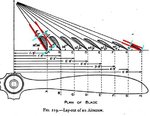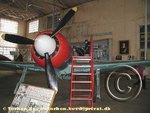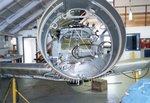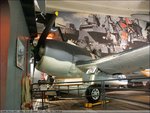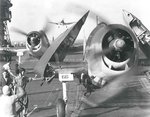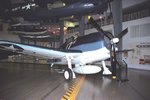A
Anonymous
Guest
Soren said:As for the Spit Mk.21 and F8F Bearcat.
RG the Normal loaded weight for the Bearcat was 9,386 lb, and its wing area 244 sq.ft. The Spit Mk.21's normal loaded weight was 8850 lb, and its wing area was 244 sq.ft !
Where do you get that data from? The combat weight I have found for the F8F-1 is 8800 lbs, ~9400 lbs with a drop tank. For the F8F-2 the weight goes up to about 9400 lbs clean. The weight I gave for the Spitfire 21 was from the Spitfire performance testing site - which gives 9305 for the plane tested, but some lower wieghts as well, so I split the difference and used 9250 lbs.
I've arranged to get the Pilot Handbook for the F8F - I should have it in a few days. It should include the combat weight of the plane (if it includes both -1 and -2 data).
Soren said:And according to my sources, the Spit 21's new wing gave greater lift !
By what magic? It's the same airfoil. I've given you the NACA airfoil numbers for the wing, they are identical to those of the earlier Spitfires. Same airfoil, same wing area, same lift.
=S=
Lunatic

